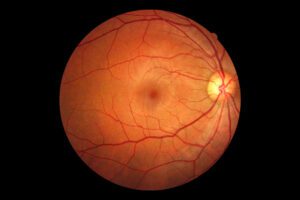Astigmatism
Astigmatism may not be the most common eye disorder, but it is certainly one of the most common. Some studies have estimated that the prevalence of astigmatism in children is as high as 34%, a number that is widely believed to increase with age.

Blurred vision is a hallmark of astigmatism. And while for effective remedies to exist, people with astigmatism still face difficulties while trying to perform certain tasks. Driving is a particular challenge for some, but not for all those with astigmatism.
What is astigmatism?
In a perfectly functioning eye, light passes through the lens and cornea, then reaches a unique focal point in the retina, as a membrane at the back of the eye is responsible for perceiving light. When all goes well, these rays converge precisely on the retina, allowing for a sharp, clear spectacle.
Eyes with astigmatism are a little different. While many different factors can cause astigmatism, the most common is the elongated eye. In this the light is not focused so effectively on the retina, on the contrary it deviates from some of them.
Difficulty driving
Astigmatism can make driving a dangerous activity. For most, this is usually the case for night driving. Astigmatism, possibly due to dilation of the pupil in low light conditions, may worsen the difficulty of focusing.
Even during the day, people with astigmatism can have problems with light. Increased darkness exacerbates all of these difficulties, sometimes to the point where activities that require a high degree of visual acuity – such as driving – become difficult or even impossible.
What should a driver with astigmatism do?
If night driving is of particular concern to you, then some steps can help.
Some contact lenses are specially designed to treat astigmatism as they have a stiff outer lip but a more flexible center. These may offer a better solution for some. By using drops you will be able to prevent the negative effects of dry lenses.






